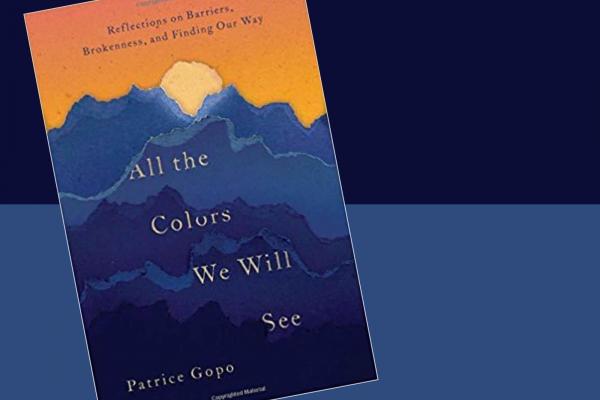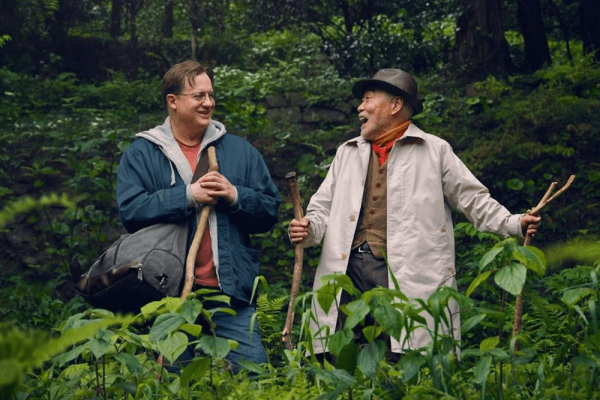EQUAL PARTS brilliant imagery and candid reflection, All the Colors We Will See is a story on becoming. With vivid attention to detail and a deep reservoir of wisdom, Patrice Gopo has carefully crafted a collection of essays on love, loss, and longing.
This story begins in the 1980s, weaving together layers of identity formation as we learn Gopo’s background as the daughter of Jamaican immigrants and explore her adolescent upbringing in Anchorage, Alaska. Throughout this book Gopo intimately relays her difficulties as a constant minority—African American with some East Indian heritage—often lacking cultural peers in her evolving spaces. From witnessing the acquittal of O.J. Simpson at her predominantly white high school to finding black community at Carnegie Mellon University to meeting the love of her life in Cape Town, South Africa, we are taken on a journey of self-discovery and self-acceptance.
This book is not merely reflection. It is a deeper introduction to the complex intersection of race and immigration and how these can inform one’s developing sense of self. Time and time again, Patrice Gopo lives into an identity as an “other,” struggling to find her fit.
“‘I don’t really think of you as being black,’ a dear college friend once said to me,” Gopo writes. “I held the phone against my ear and paused a moment as mild indignation crept through my mind. ‘Of course I’m black,’ I replied.”
Through such deeply personal stories and conversations, we are challenged to examine our understanding of race—wherever we might place ourselves in similar scenes. Despite encountering both ignorance and blatant bigotry, Gopo offers honest insight and extends deeper grace, all the while reminding us that we can do the same. With faith as the grounding force of her narrative, Gopo writes in a generous and thought-provoking manner. While conversations involving race, immigration, and cultural identity are often tense or uncomfortable, Gopo puts us at ease with courage and eloquence.
What I love most about this book is that we are not compelled to seek answers but to hear. With each chapter Gopo challenges the often-monolithic narrative surrounding black women, testifying to the colorful and expansive ways we abound. From her perspective on varying degrees of blackness to the difficulties of finding authentic community, readers are given an offering that is deeply personal and necessary.
As a young black woman, reading this book felt as intimate as perusing a dear friend’s journal entries. I was invited to listen, feel, and take note of a story much like my own. And with each page, I was reminded that the intricate differences of our seemingly shared identity are worth knowing.
The framework of this story is a call to listen. In a world that often depicts difference as divisive, Gopo challenges us to find common ground: “In every person there exists an element of the past that we want to grasp. See me, we say. I am rooted in an identifiable place. I am descended from a particular people.”
Gopo paints a picture of redemptive community, reminding us that we have more in common than we think. We would all be better for reading this book, if not for the captivating ways it can inform our understanding of complex matters such as race, then simply for the opportunity to reimagine a world where our barriers can become defining moments of strength.

Got something to say about what you're reading? We value your feedback!







